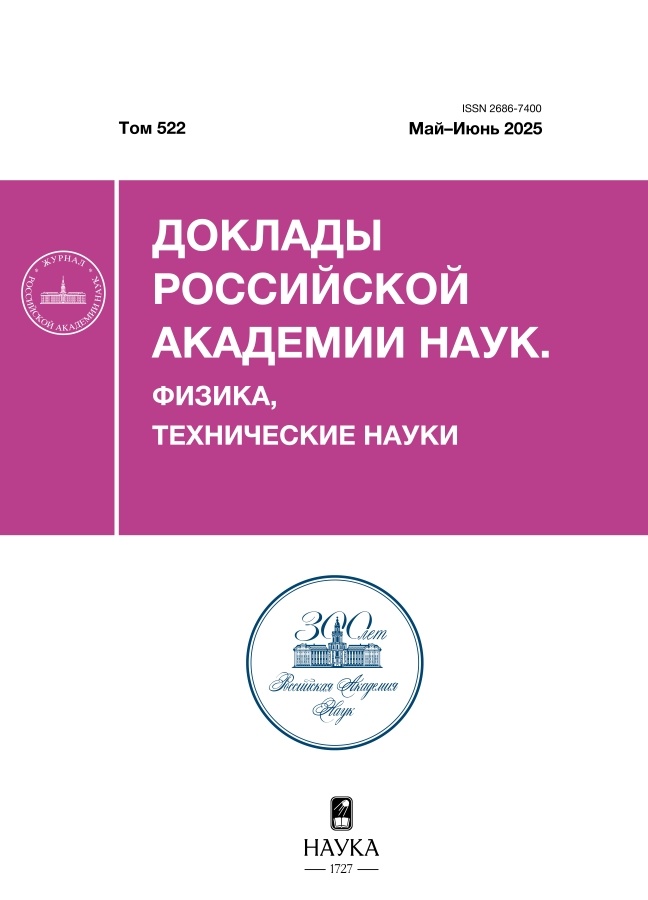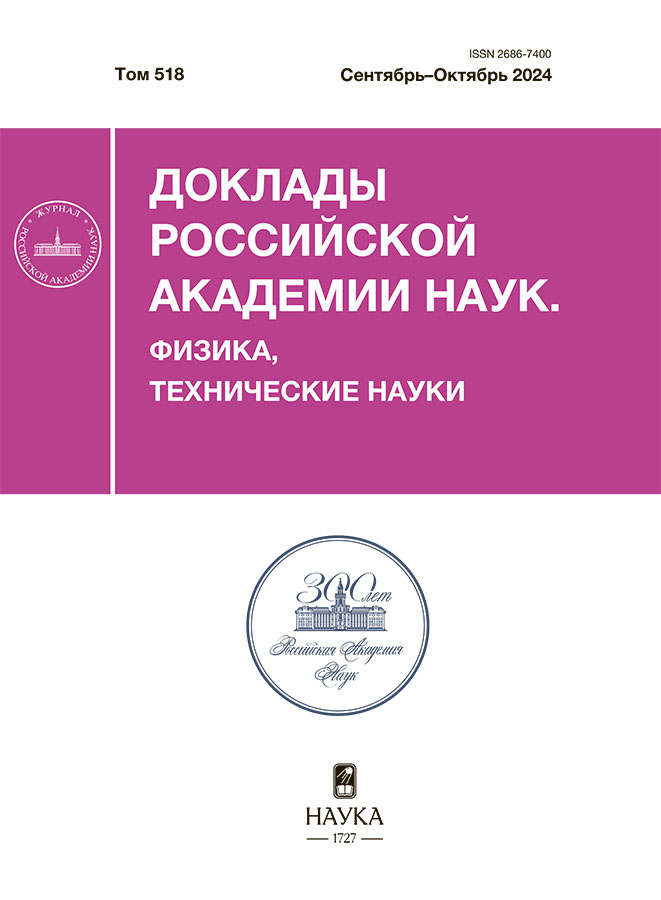Amplification of the shock wave in a two-phase mixture of superheated STEAM and triethylaluminum
- Authors: Frolov S.M.1, Shamshin I.O.1, Byrdin K.A.1, Avdeev K.A.1, Aksenov V.S.1, Storozhenko P.A.2, Guseinov S.L.2
-
Affiliations:
- N.N. Semenov Federal Research Center for Chemical Physics of the Russian Academy of Sciences
- State Research Center “State Scientific Research Institute of Chemistry and Technology of Organo-Element Compounds”
- Issue: Vol 518, No 1 (2024)
- Pages: 17-22
- Section: ФИЗИКА
- URL: https://permmedjournal.ru/2686-7400/article/view/677501
- DOI: https://doi.org/10.31857/S2686740024050034
- EDN: https://elibrary.ru/HXUDGX
- ID: 677501
Cite item
Abstract
The possibility of shock wave amplification in a two-phase mixture of superheated steam and liquid triethylaluminum (TEA, Al(C2H5)3) has been experimentally demonstrated for the first time. Fine synchronization of TEA injection of TEA into a flow of superheated steam with the arrival of an attenuating shock wave is shown to ensure the self-sustaining propagation of the shock wave in the two-phase medium at a speed of about 1500 m/s.
Full Text
About the authors
S. M. Frolov
N.N. Semenov Federal Research Center for Chemical Physics of the Russian Academy of Sciences
Author for correspondence.
Email: smfrol@chph.ras.ru
Russian Federation, Moscow
I. O. Shamshin
N.N. Semenov Federal Research Center for Chemical Physics of the Russian Academy of Sciences
Email: smfrol@chph.ras.ru
Russian Federation, Moscow
K. A. Byrdin
N.N. Semenov Federal Research Center for Chemical Physics of the Russian Academy of Sciences
Email: smfrol@chph.ras.ru
Russian Federation, Moscow
K. A. Avdeev
N.N. Semenov Federal Research Center for Chemical Physics of the Russian Academy of Sciences
Email: kaavdeev@mail.ru
Russian Federation, Moscow
V. S. Aksenov
N.N. Semenov Federal Research Center for Chemical Physics of the Russian Academy of Sciences
Email: smfrol@chph.ras.ru
Russian Federation, Moscow
P. A. Storozhenko
State Research Center “State Scientific Research Institute of Chemistry and Technology of Organo-Element Compounds”
Email: smfrol@chph.ras.ru
Academician of the RAS
Russian Federation, MoscowSh. L. Guseinov
State Research Center “State Scientific Research Institute of Chemistry and Technology of Organo-Element Compounds”
Email: smfrol@chph.ras.ru
Russian Federation, Moscow
References
Supplementary files















